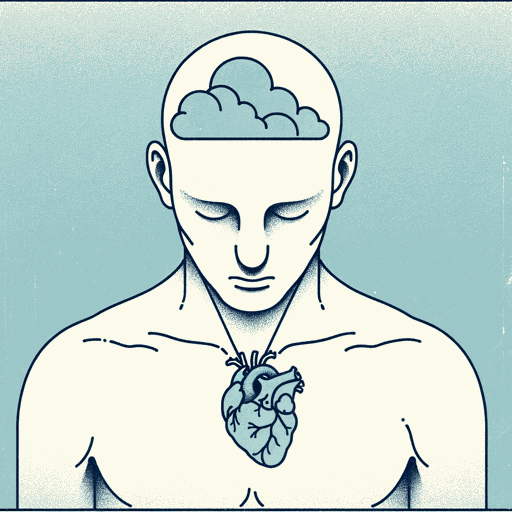64 pages • 2 hours read
Gabor MatéScattered Minds: The Origins and Healing of Attention Deficit Disorder
Nonfiction | Book | Adult | Published in 1999A modern alternative to SparkNotes and CliffsNotes, SuperSummary offers high-quality Study Guides with detailed chapter summaries and analysis of major themes, characters, and more.
Part 2Chapter Summaries & Analyses
Part 2: “How the Brain Develops and How the Circuits and Chemistry of ADD Arise”
Part 2, Chapter 6 Summary: “Different Worlds: Heredity and the Environments of Childhood”
Maté suggests that the prevalence of genetic fundamentalism, or the belief that all illnesses can be explained by heredity, has undermined a complete understanding of ADD. He calls the approach socially conservative and incurious about how society might affect a person’s psychological or emotional development. Maté doesn’t deny the genetic component of ADD, but he says that genes only represent potentials and that the expression of genes is mostly the product of environment. Maté cites a study into Huntington’s disease, a fatal disease with a strong genetic connection. Even so, some with the gene never develop the disorder. Another study, which studied diabetes rates in the Cree population of Ontario, provides evidence that the destruction of the traditional Cree lifestyle better correlates with predisposition to the disease than genes do. Maté concludes that the existence of an ADD gene, if proven, would not produce ADD on its own. Problems of the mind-body, Maté says, are more frequent when there is dysfunction in the family and in the parents’ lives.
Maté believes that twin studies are often interpreted incorrectly. According to research, twins adopted into separate homes have similar chances of experiencing ADD. This concordance is taken to prove ADD’s heritability, but Maté says that it is the disruptive conditions of adoption that are likely responsible.
Related Titles
By Gabor Maté




